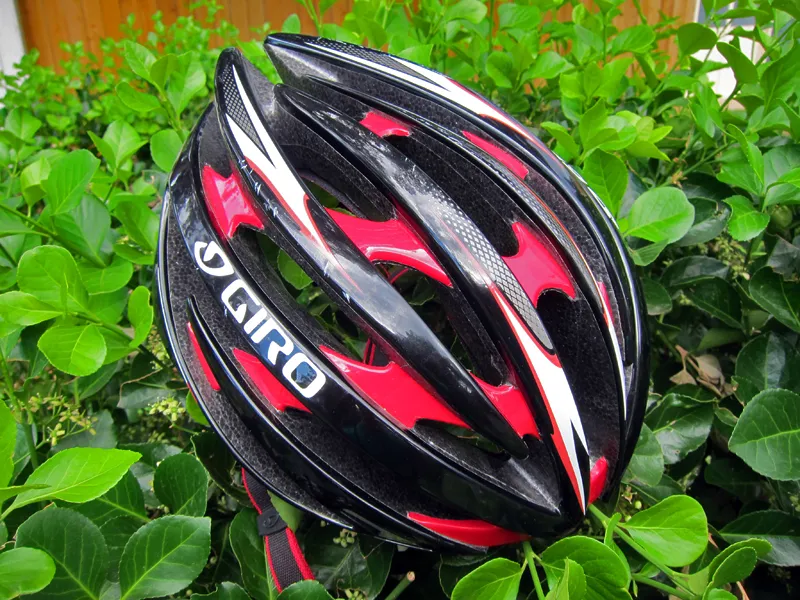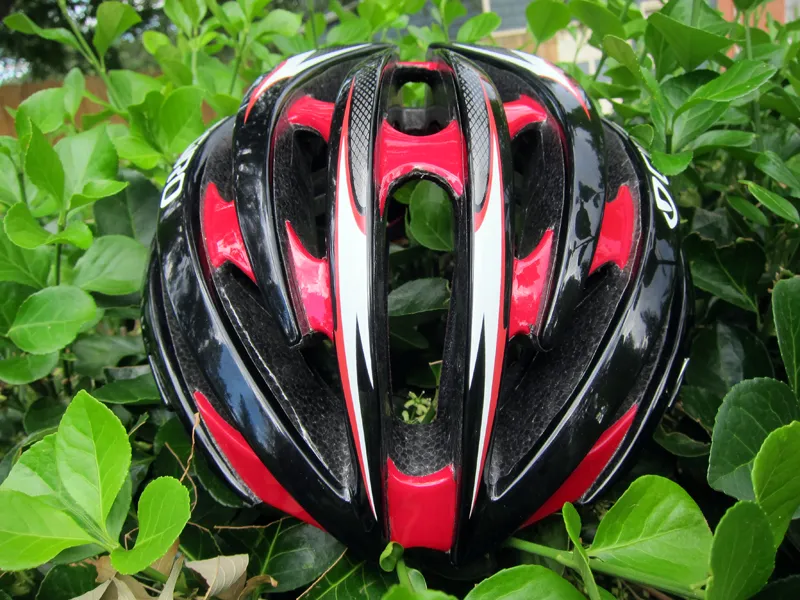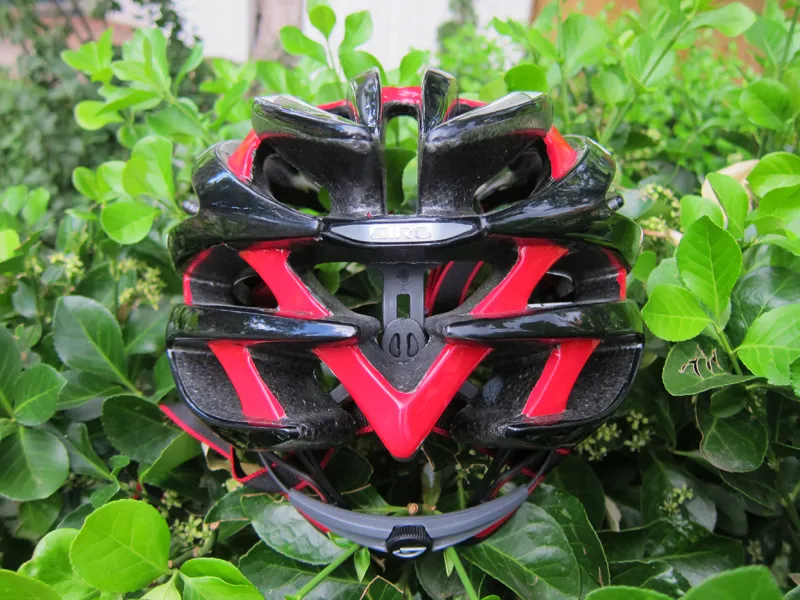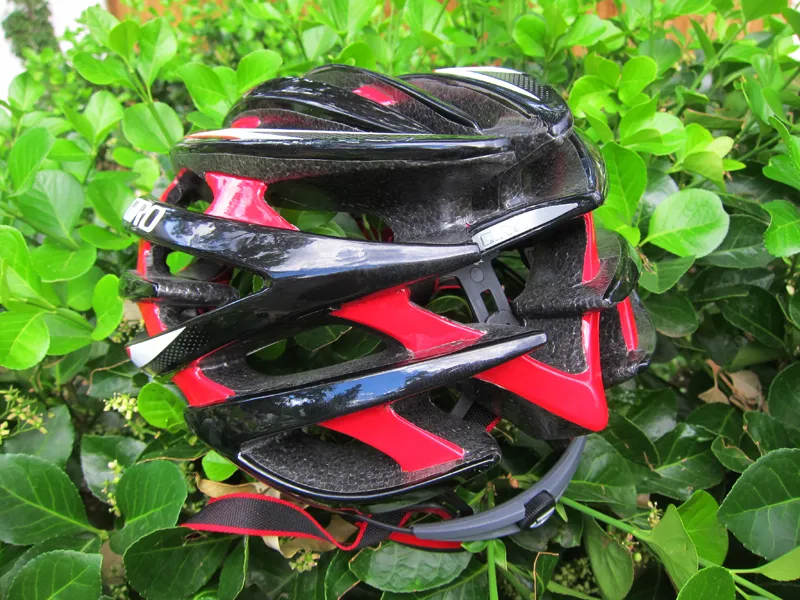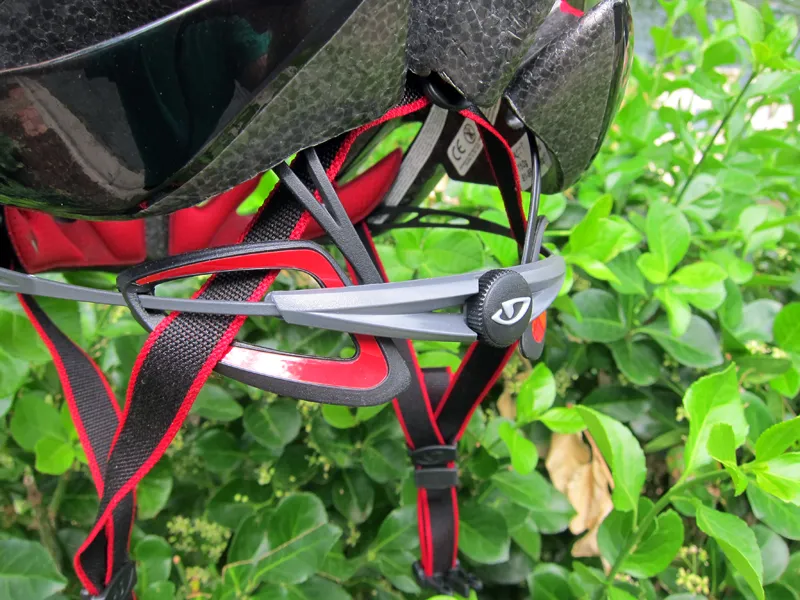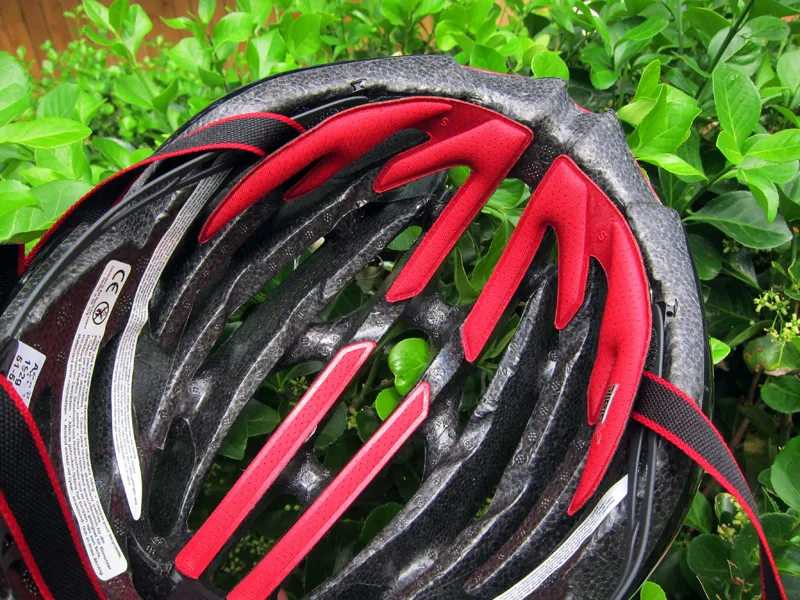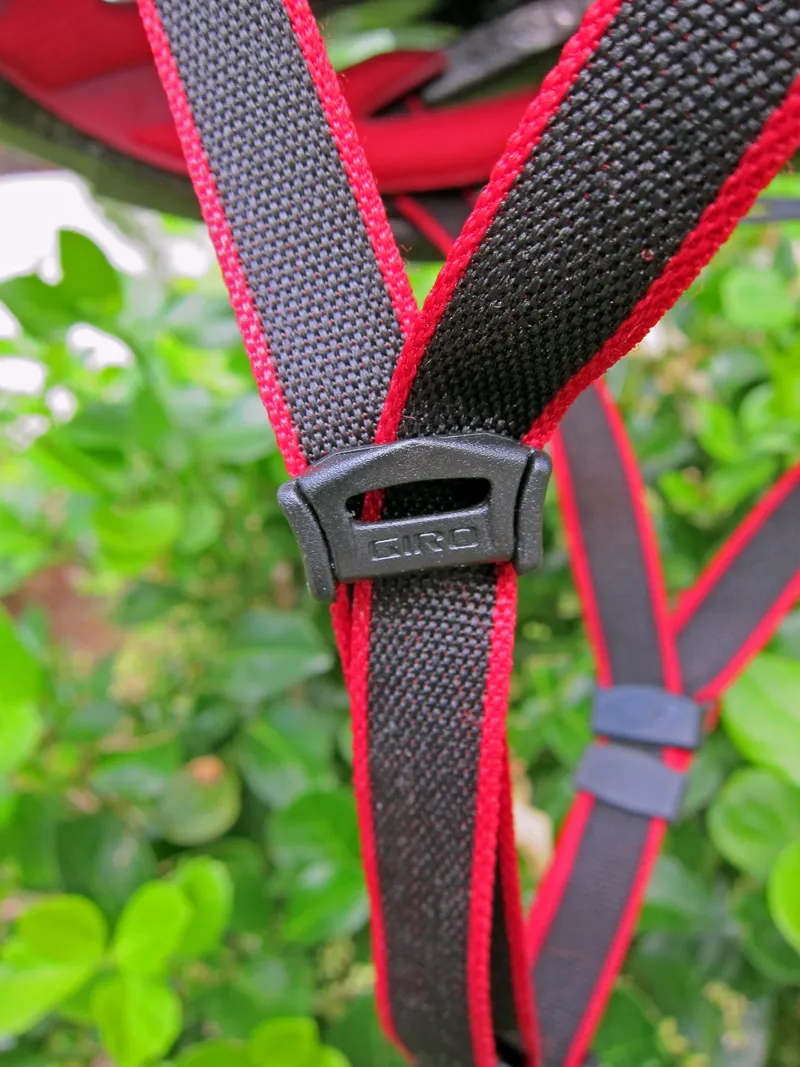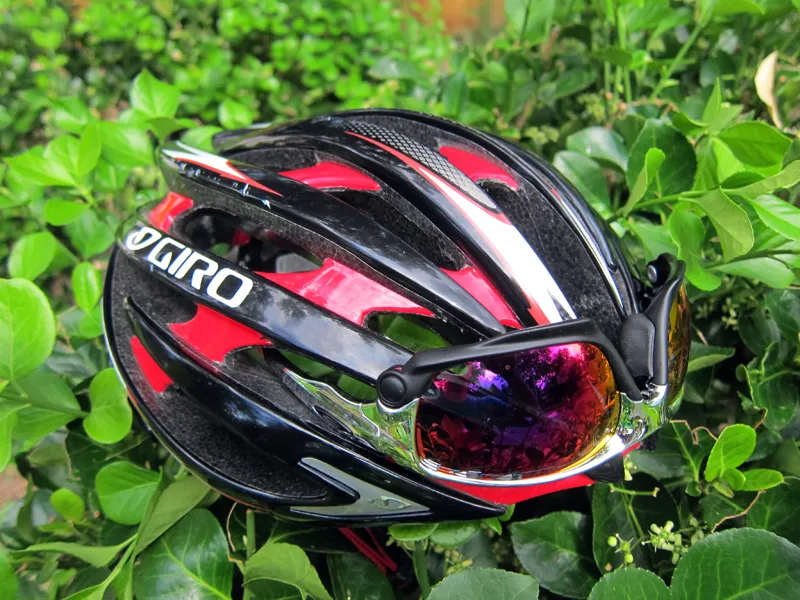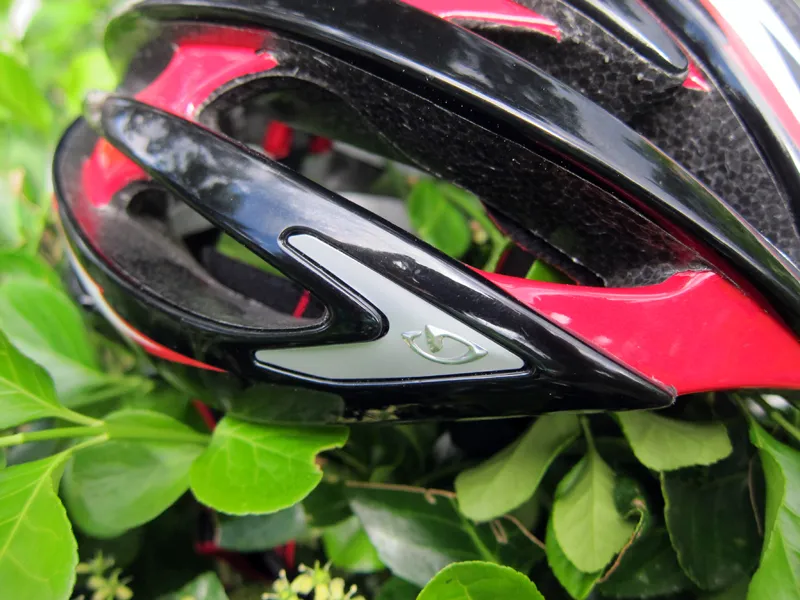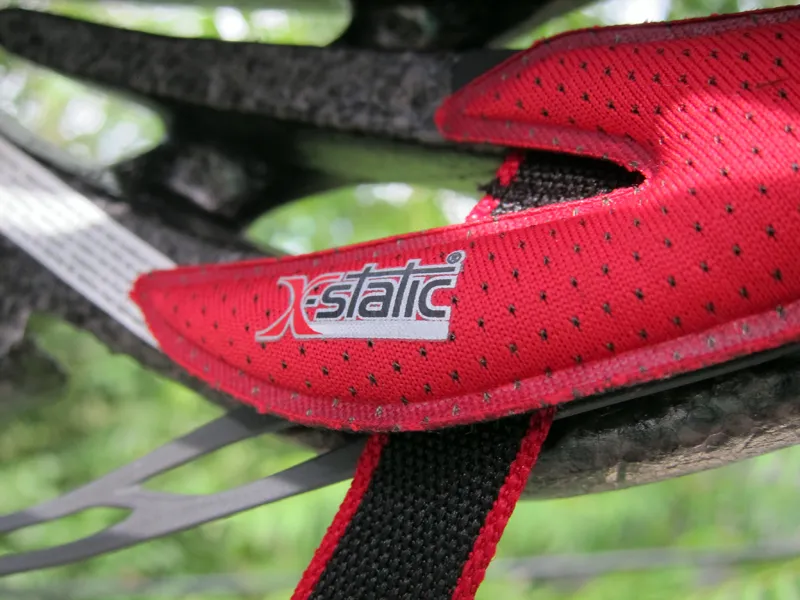Giro's Prolight lived up to its name but the yesteryear styling and minimal feature set limited its appeal. The company's new Aeon, however, manages to nearly match the impressive weight (189g for a small CE-certified sample – CPSC ones are about 30g heavier) while still incorporating a complete feature set. It's expensive at US$250 but if you're a well-heeled buyer looking for a no-compromise lid, there are few options that can rival the Aeon's overall performance.
Colorado's scorching sun and near-triple-digit temperatures have provided ample opportunity to test the Aeon's ventilation since it was launched in early April and we're happy to report that buyers won't have to live with a hot head to save a few grams. A new Thermoformed SL internal skeleton (essentially a second polycarbonate skin embedded inside the expanded polystyrene foam liner) allows for much bigger vents and deeper internal channels than the reinforcement-free Prolight and you can feel air rushing across the top of your head at speed.
The big ports also provide easy access for your fingers if you've got an itch to address, while a central split at the brow and strategically placed gaps in the X-Static interior padding help evaporate sweat before it can drip on your sunglass lenses. And speaking of sunglasses, riders who like to tuck them into their helmet vents on climbs will be happy to know that most of the models we tried fit just fine – just be sure to flip them over first for a more secure hold.
Giro have moved away from the slightly radial vent pattern of the Ionos and Atmos for the new Aeon, switching to more of an inline setup similar to that used by Specialized. The theory sounds good – incoming air can pass uninterrupted out the back with few detours – but we're not sure it works as well in execution.
In back-to-back runs with a current-generation Ionos, we found the older pattern to be slightly more effective, especially when the wind was coming at us from off-angle directions. Likewise, the Ionos felt cooler when we were on the mountain bike and relying more on oncoming breezes. Overall ventilation is still among the best we've used, mind you, but it's something to keep in mind if a 100°F day is considered more "average" than "anomaly" in your neck of the woods.
Fit quality is outstanding, however, with Giro's latest Roc Loc 5 retention system offering a near 360-degree hug for your noggin along with easy, one-handed height and circumference adjustments. In addition, most of the plastic bits are pleasantly soft and flexible, and there's enough padding inside so even riders with shaved heads shouldn't have much of an issue. The thin straps are borrowed from the Prolight but in this case, they're have minimal cam-locks so you can dial in the fit just so.
Styling is, of course, subjective but while some may still prefer the look of the Ionos, the Aeon is without doubt a huge improvement over the Prolight and there are also lots more colors to choose from (including a new day-glo yellow that we're actually quite keen on). The edges are sharper, the angles are more aggressive and the overall shape is reasonably low-profile. Are there hints of Lazer Genesis/Helium in there? Arguably so but that helmet isn't exactly ugly, either.
Finally, there's the issue of durability. The Aeon's dual-density foam sheds a bunch of weight but the softer material makes the Aeon noticeably squishier than the more solidly built Ionos so be careful when packing it in your luggage. Exposed EPS foam edges on the helmet's underside will eventually show signs of daily wear and tear, too.
